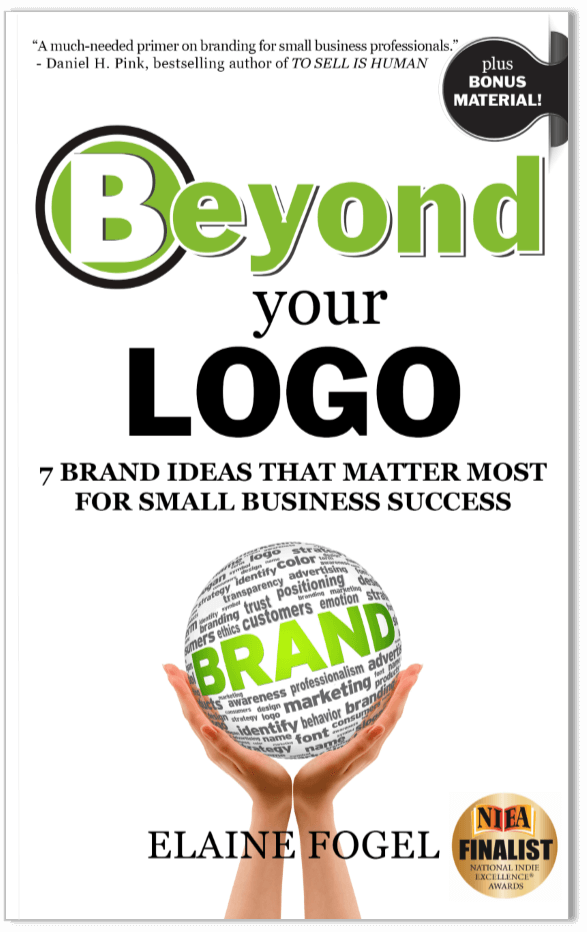Association of Fundraising Professionals
The Ice Bucket Challenge Phenomenon - Positive for the Cause or Not?
 Who could have predicted how successful and widespread the ALS Association’s Ice Bucket Challenge would be? It is a charity phenomenon that will go down in fundraising history.
Who could have predicted how successful and widespread the ALS Association’s Ice Bucket Challenge would be? It is a charity phenomenon that will go down in fundraising history.
It is also among the biggest viral hits in Facebook’s history! According to the Huffington Post, “2.4 million videos ‘related to the ice bucket challenge have been shared’ on the social network, and more than 28 million people have posted, commented or liked a post relating to the challenge.
As of yesterday, Wednesday, August 20, The ALS Association has received $31.5 million in donations compared to $1.9 million during the same time period last year (July 29 to August 20). These donations have come from existing donors and 637,527 new donors to The Association. Unbelievable.
Even though the original idea doesn’t belong to the ALS Association, the organization piggybacked on it and it took off like a rocket. Celebrities, politicians, and everyday people have jumped on the bandwagon. But, not everyone is über positive about the campaign. Continue reading
3 Things Nonprofits and Fundraisers Can Do to Shift Paradigms
 After listening to a speech by the president and CEO of the Association of Fundraising Professionals (AFP) this week, I am feeling encouraged. Andrew Watt “gets it.”
After listening to a speech by the president and CEO of the Association of Fundraising Professionals (AFP) this week, I am feeling encouraged. Andrew Watt “gets it.”
The Scottish-born public policy and fundraising expert has lived in the U.S. since 2006 - enough time to bring his European perspective and humor to the fundraising profession. His take on the American election and politicians’ overall lack of understanding of the role charitable organizations play in our communities, was astute yet disappointing.
Watt has worked hard to build coalitions among organizations focused on philanthropy - to advocate for the sector in DC, to emphasize the importance of tax deductions for donors, and to raise awareness of the vast contributions and impact that nonprofits make to the world every day.
Unfortunately, he and his cohorts have a lot more work to do in getting Washington’s attention. Lobbying and access cost money - not so easy for nonprofit entities to do.
Watt made several strong points about the shift the charitable sector needs to take in order to sustain its impact. I will merge his points with mine to give you 3 things nonprofits and fundraisers can do to shift paradigms.
1. Nonprofits will benefit from a focus on creativity, innovation, and calculated risk taking. (Watt)
I, too, believe embracing innovation can solve more problems than sticking with the “usual” way of doing things. The world has changed drastically.
Technology allows us to communicate with constituents and prospects in ways we never could previously. It’s now a two-way conversation from which nonprofits can listen and learn before brainstorming new ways of tackling problems.
Taking calculated risks can give nonprofits an entrepreneurial approach that can win big, when successful. But, they shouldn’t shy away from making mistakes out of fear.
2. Nonprofits will benefit from embracing a customer-centric mindset.
Watt believes that in order to solve the problems of tomorrow, “we will need to connect with people the way that they want, at their level of philanthropic interest, in settings and issues that matter most to them.”
I believe that this requires a customer-centered paradigm built into the organizational culture. Just like it is in business, nonprofits cannot retain their customers (donors, volunteers, funders, etc.) if they don’t place them at the center of every decision and action.
3. Engage employees for better retention, commitment, and sustainability.
There’s something wrong with a sector that has a two-year fundraiser turnover rate. What can anyone accomplish in two years when relationship building is at the heart of fundraising?
And, to make matters worse, how many nonprofits hire fundraisers with high revenue-generating expectations and then don’t give them an ample budget to enable success? That’s counter productive.
When nonprofits begin to treat their employees as their first market, great things can happen. Empowering them, honoring them, and rewarding them will turn them into devoted brand ambassadors who will stick around longer.
What do YOU think? Do nonprofits and fundraisers need to shift paradigms?
Beware When Charities Send YOU Checks
 Attached to a recent solicitation letter I received this week is a check for $2.50. A real check. One I can actually cash. OK, so what’s the catch?
Attached to a recent solicitation letter I received this week is a check for $2.50. A real check. One I can actually cash. OK, so what’s the catch?
It appears that some charities are using this gimmick to entice prospective donors to make a charitable gift. Here’s a letter excerpt from the National Cancer Research Center, a project of Walker Cancer Research Institute. (The National Breast Cancer Research Center is also associated.)
The $2.50 check is real. You could put this letter inside, cash the check, and forget all about our important laboratory research and national cancer education programs. But, what I really hope you will do is return the $2.50 check along with your own gift of $10.00 or more to help in our fight against cancer.”
As a marketer who does a lot of nonprofit marketing, my first instinct was to acknowledge the high risk of such a campaign. What if a lot of people cashed the check and didn’t make a gift to the charity? That would be a disaster.
But, upon closer inspection and online research, I discovered that this tactic has been used before. In fact, just last week, The Better Business Bureau received inquiries from Western Pennsylvania consumers regarding recent charitable solicitations sent through the mail. One involves a solicitation mailed throughout the Johnstown, PA area from The Alzheimer’s Disease Fund, a program of Project Cure Inc., which also raises funds under The National Diabetes Fund and Prostate Cancer Fund.
The solicitation included a $2.50 check made payable to the recipient and an Annual Fund Drive Voluntary Reply Form. The form offers recipients a choice to return the $2.50 check to The Alzheimer’s Disease Fund along with an additional donation or to just return the $2.50 check to the organization. Same M.O.
So, now my radar is way up. In a TIME Magazine article from last year entitled, “Check your charity!” journalist Bill Saporito wrote,
It’s not that the National Breast Cancer Research Center is a scam. It’s more like a charity within a charity, run by an organization called the Walker Cancer Research Institute. The parent organization, based in Aberdeen, Md., dutifully files tax returns that show it raised $12.7 million in 2009 and spent 52% of it on fundraising.
The return also reports that the organization spent exactly $487,505, or about 4% of its income, on research — most of it for probing plant life for anticancer compounds. Given that kind of research commitment, the group is unlikely to make significant advances anytime soon.”
The most disheartening thing in this situation is the tarnishing of wonderful charities that do great work. So many of the questionable charities have similar names to ones that are far more scrupulous and transparent. It can be very confusing to donors and the public.
Thank goodness that the Internet makes things easier by enabling prospective donors to research charities before making gifts. And, still, only one in five report using charity watchdog websites to inform their giving decisions, according to a recent study reported by the Association of Fundraising Professionals.
Lesson: don’t be lazy and do the due diligence.
Here are some credible resources:
And, please support the “good guy” charities that make a huge difference in our world.
Related articles:
If you received a check from the “National Cancer Research Center”…





